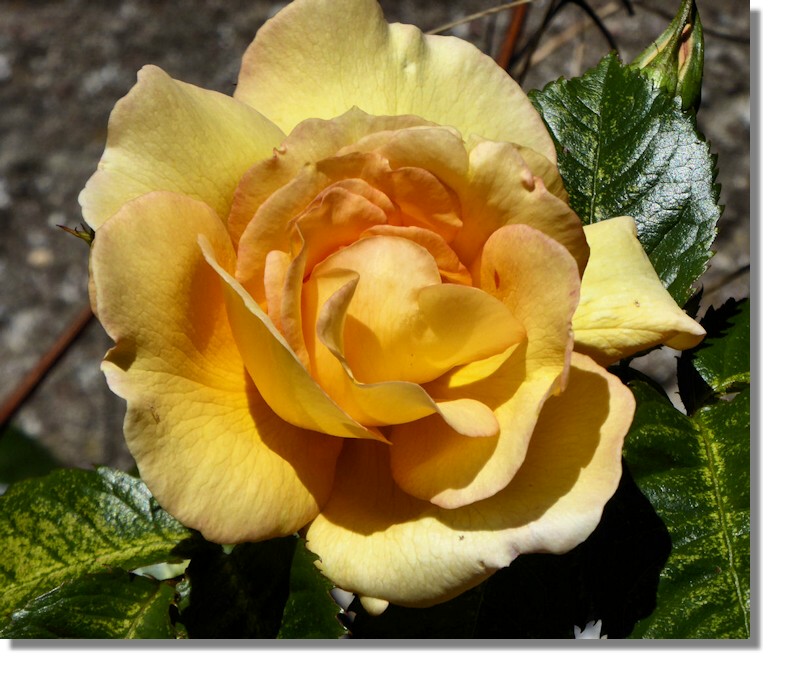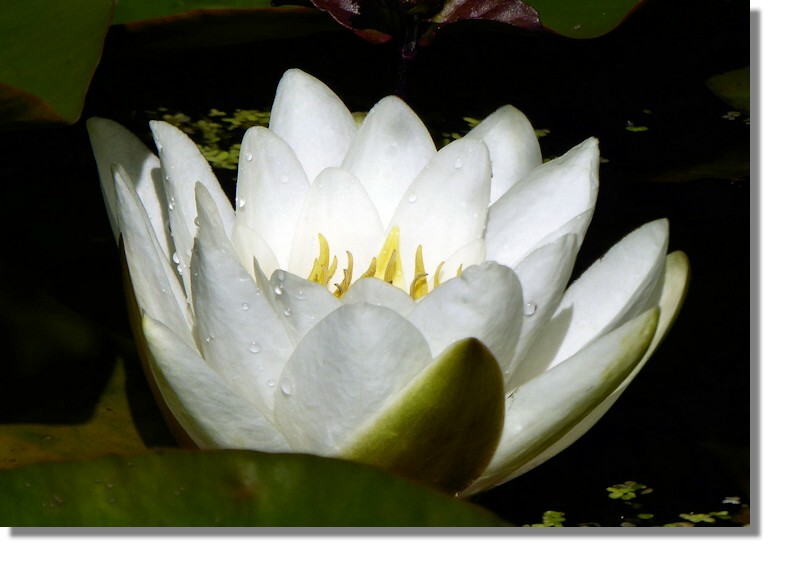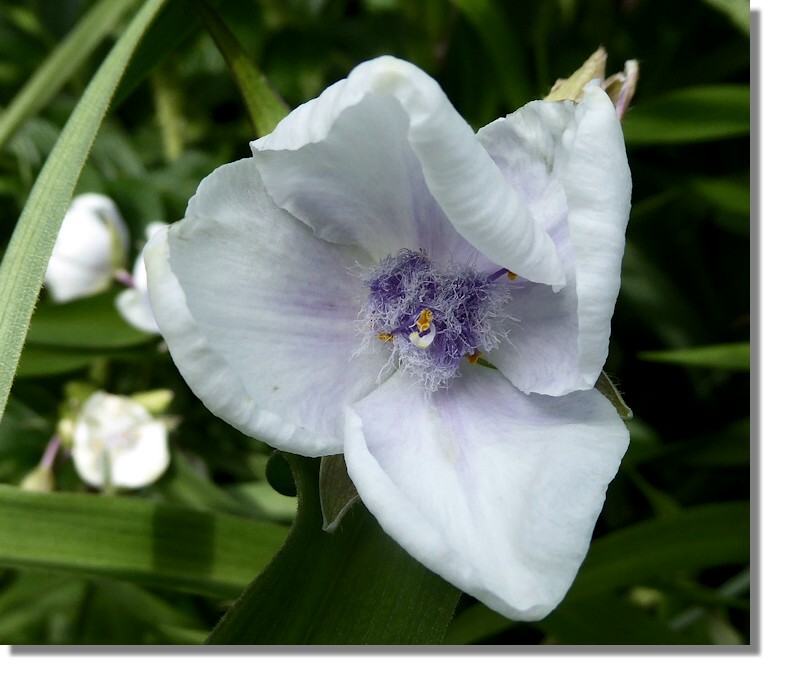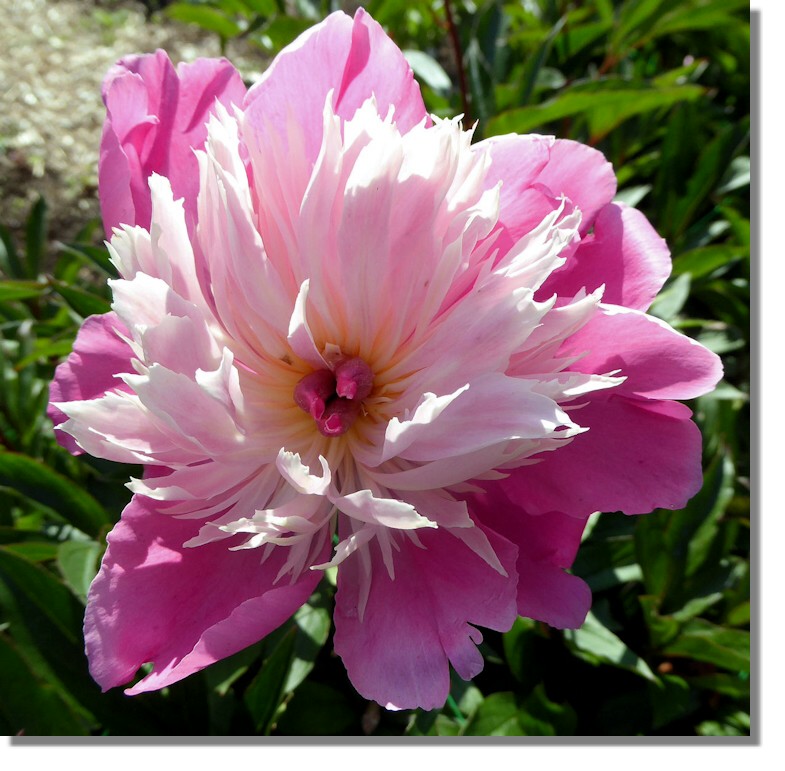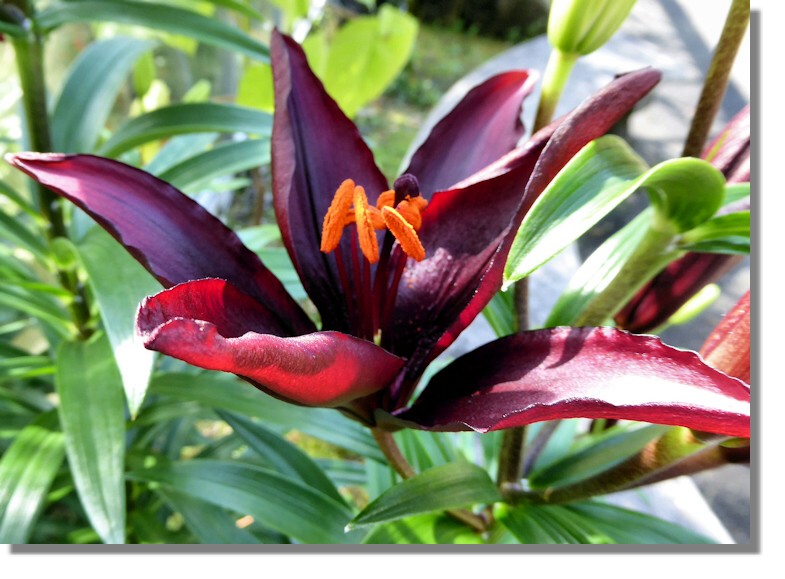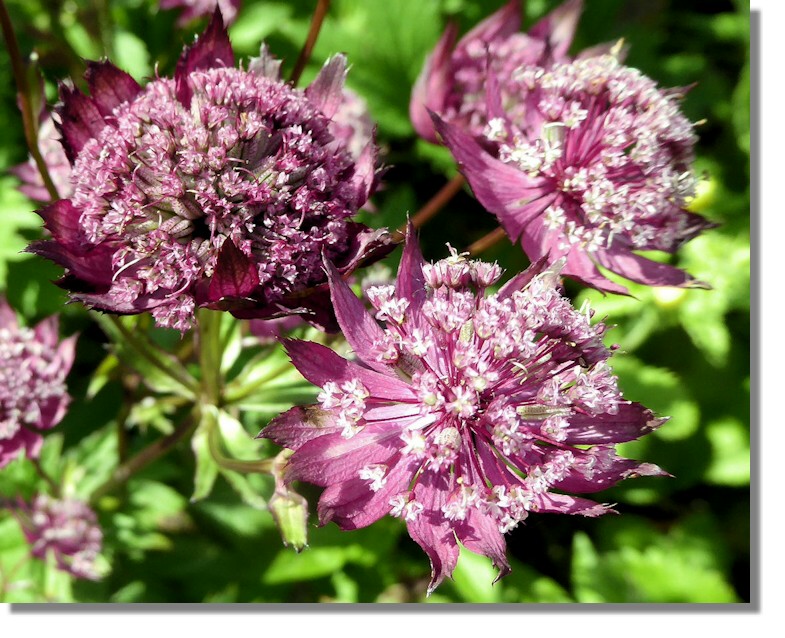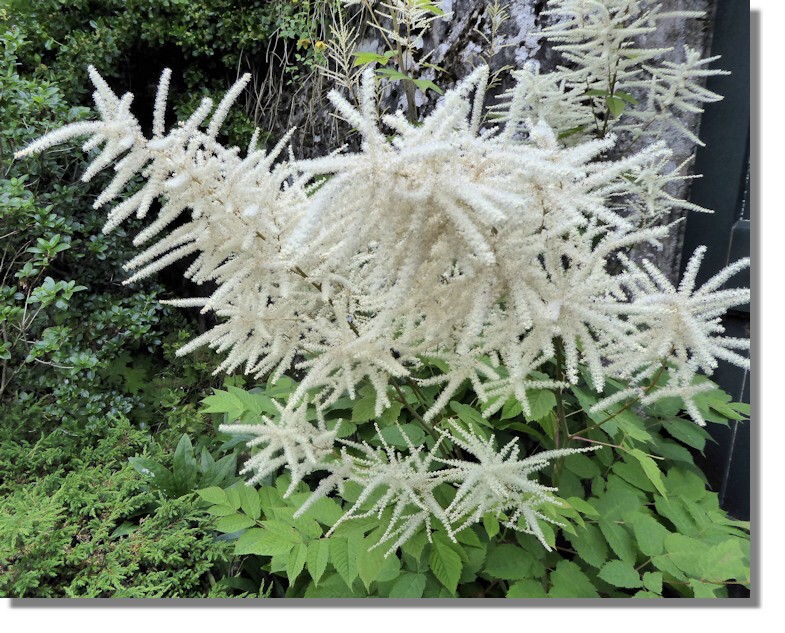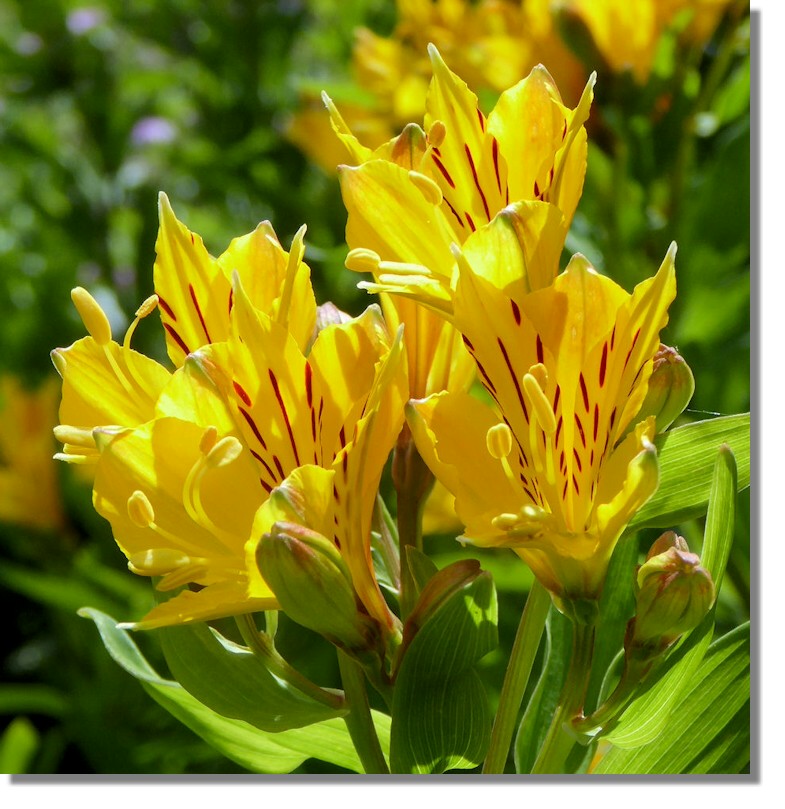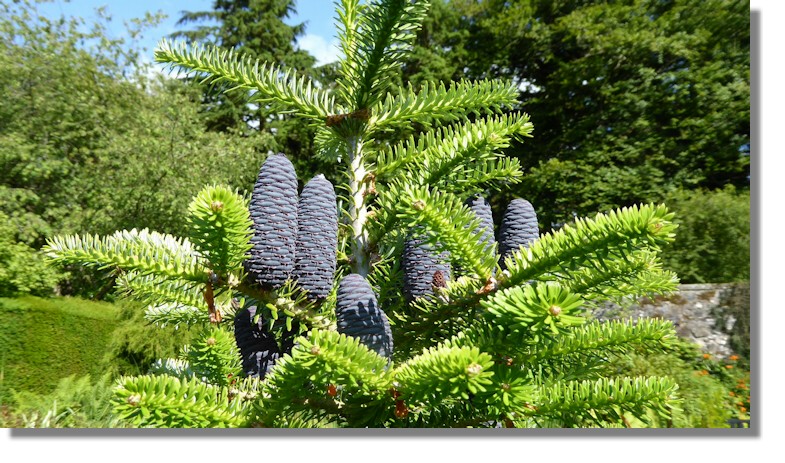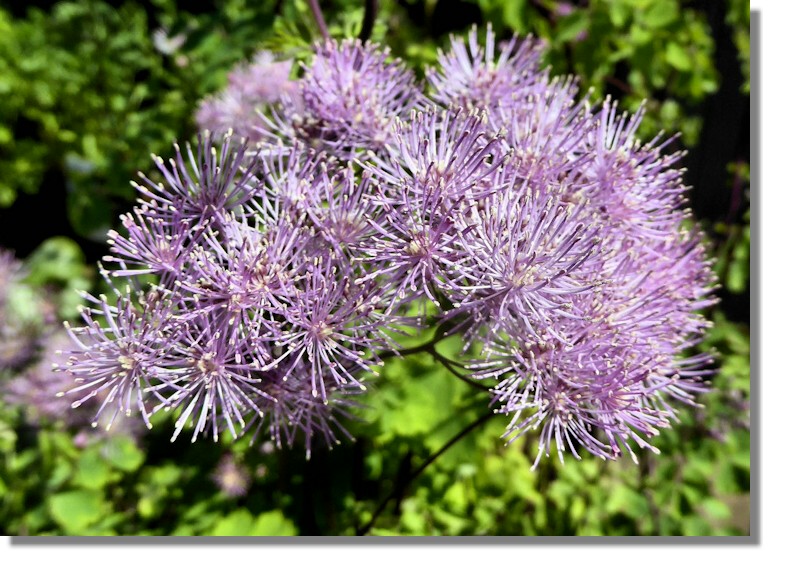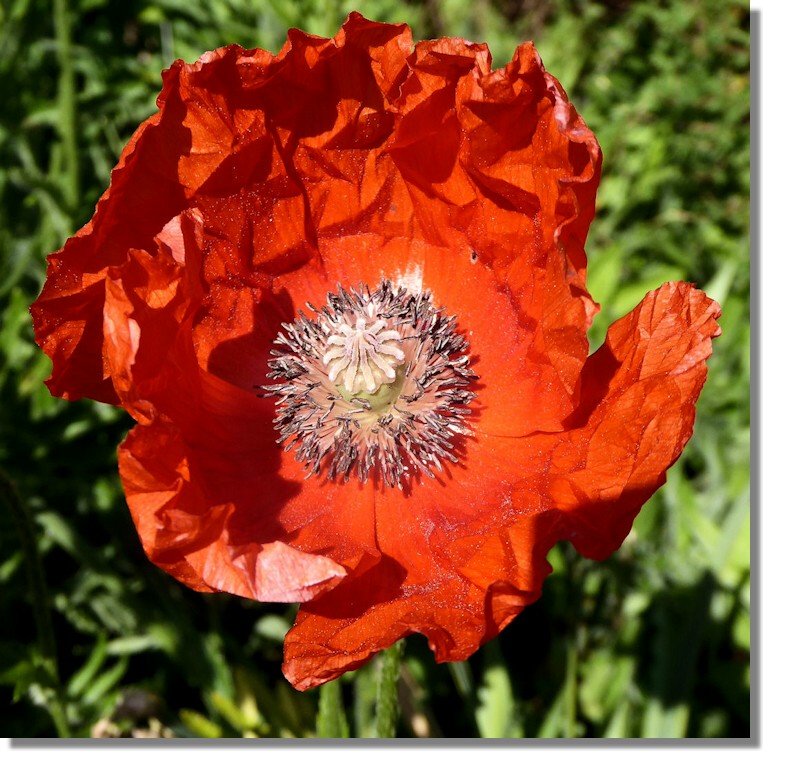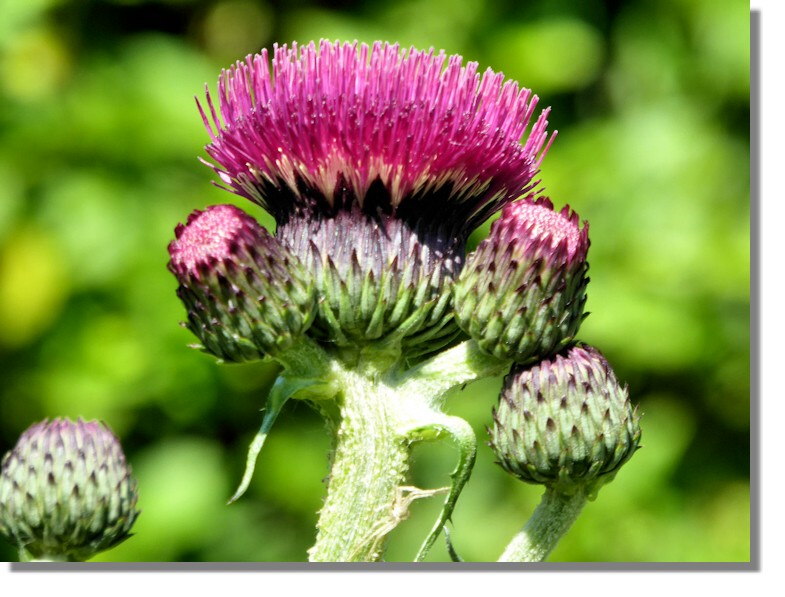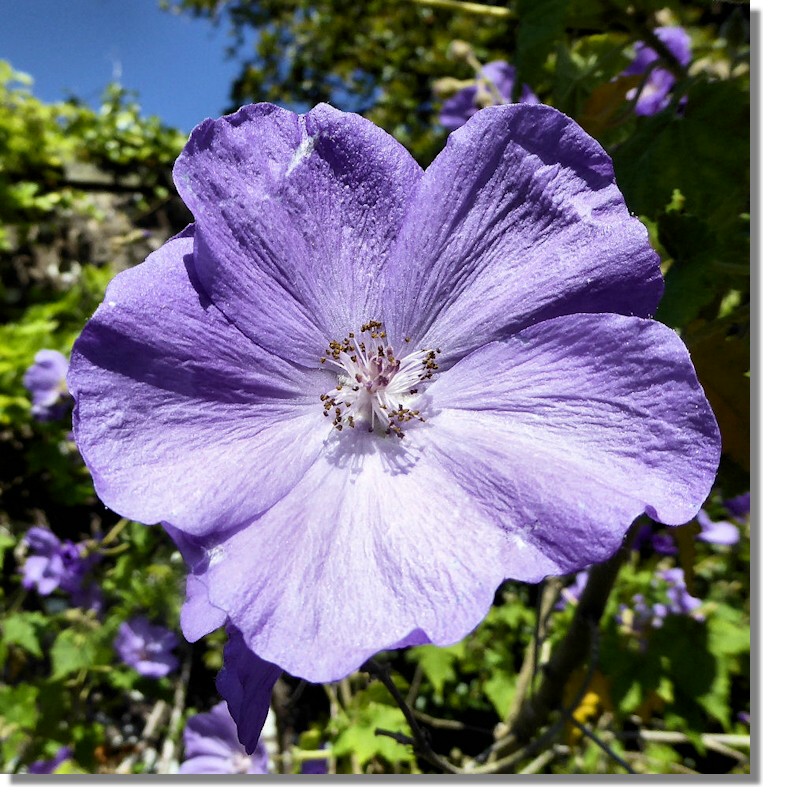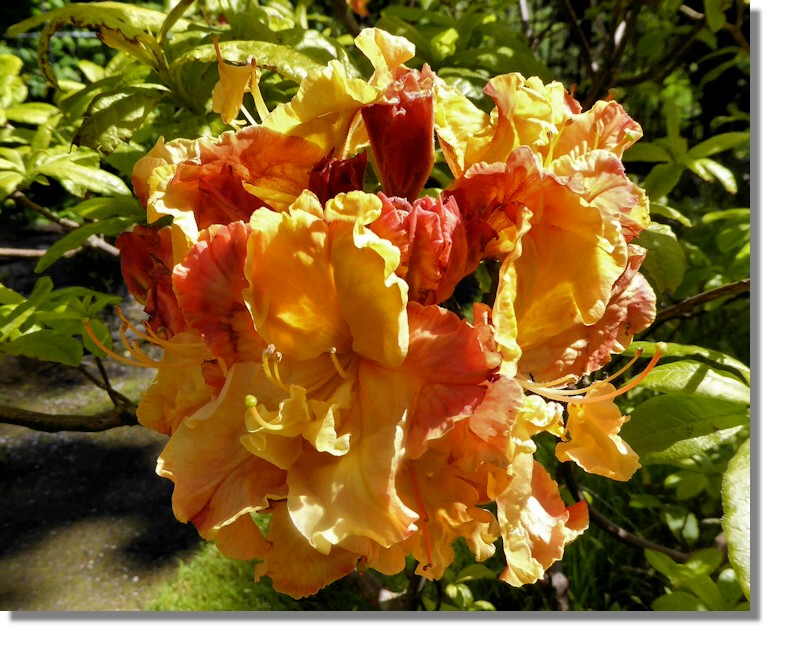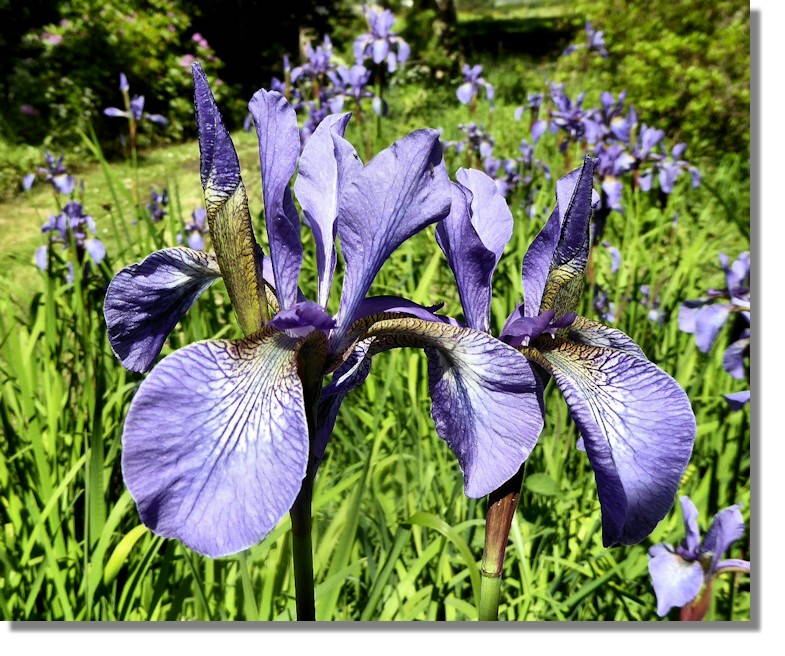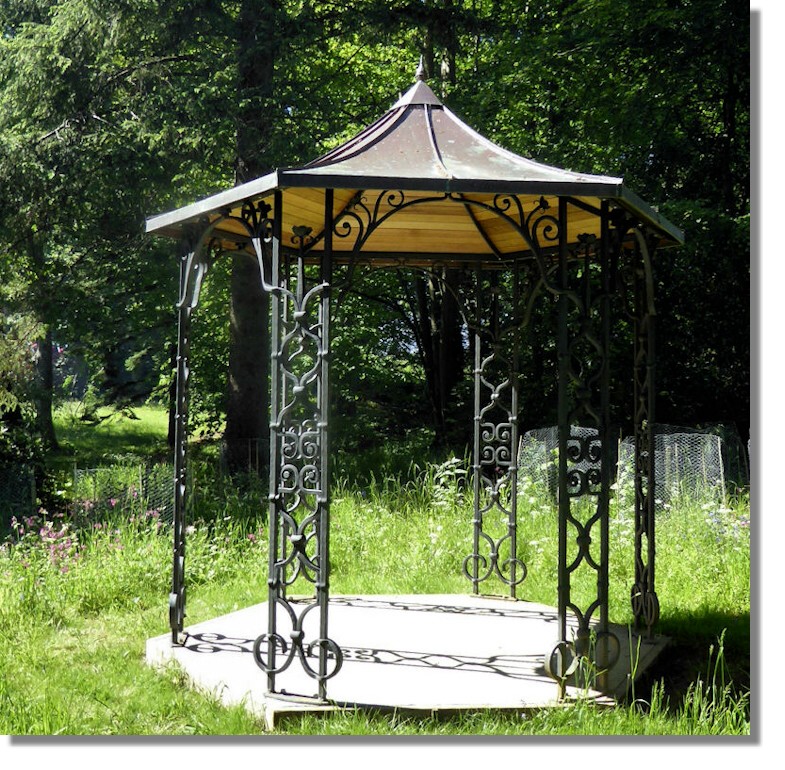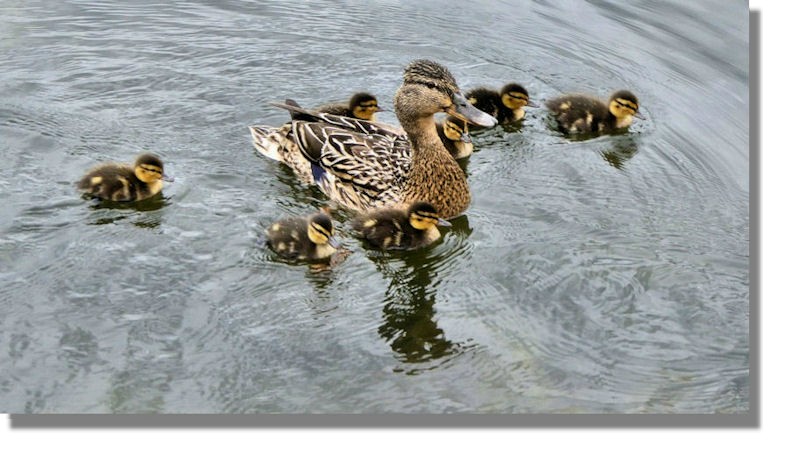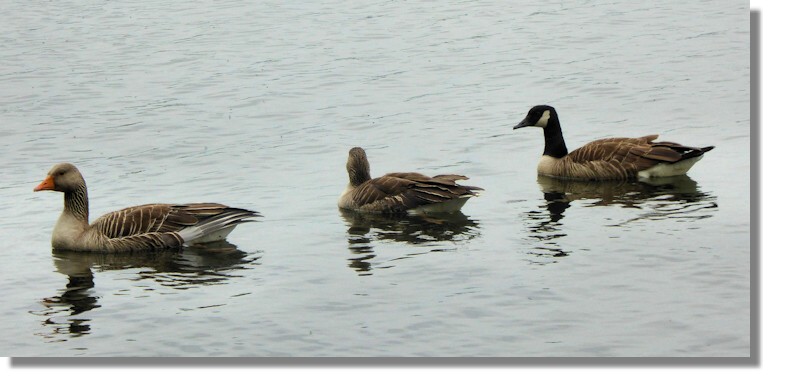Scottie's Photo Diary
- June/July 2015
Background
I never go anywhere in Scotland without my camera and I take photographs wherever I go. Sometimes I go somewhere specifically to take photographs with a view to adding another page to the Rampant Scotland site. On other occasions I just see something that makes an attractive picture or else it's another graphic to add to the library to perhaps use on a future occasion. This is a selection of the best photographs I took in the second half of May 2011 with a commentary on each one. It thus forms a pictorial diary of my travels during the month which can be shared by everyone!This is a selection of photographs I took in June/July 2015
Greenbank, East Renfrewshire
The National Trust for Scotland garden at Greenbank House has a small pond and at this time of year the water liies crete a splash of white in a shady corner.
Tradescantia are native to the New World from southern Canada south to northern Argentina including the West Indies. They were introduced into Europe as ornamental plants in the seventeenth century and are now grown in many parts of the world. The flowers can be white, pink, or purple, but are most commonly bright blue, with three petals and six yellow anthers.
Peony or Paeonia are native to Asia, Southern Europe and Western North America. Estimates of the number of species range from 25 to 40.
Gardening enthusiasts and professional horticulturalists have been breeding day lily species for their attractive flowers. Thousands of cultivars have been registered by local and international Hemerocallis societies. Hemerocallis was formerly was part of Liliaceae (which includes true lilies).
The Astrantia name of this plant is derived from the Latin 'aster' meaning star and refers to the open star-shaped floral bracts of the plant. Astrantia originally came from to Central, Eastern and Southern Europe and the Caucasus. There are 8 or 9 species, which have aromatic roots and decorative flowers. They are commonly known as "great masterwort" or "masterwort".
The frothy floered Aruncus are closely related to Filipendula and Spiraea, and are native to mountainous damp woodland in temperate regions of the Northern Hemisphere. The creamy white plumes of flowers are produced above veined and toothed leaflets. Their common name is "goatsbeard", which is fairly descriptive. Its roots are used sometimes for medicinal purposes.
Alstroemeria, commonly called the Peruvian lily or lily of the Incas, is native to South America although some have become naturalized in the United States, Mexico, Australia, New Zealand, Madeira and the Canary Islands. At least 190 varieties have been developed, featuring many different markings and colors, including white, yellow, orange, apricot, pink, red, purple, and lavender. The most popular and showy hybrids commonly grown today result from crosses between species from Chile with species from Brazil.
It's just as well that many of the plants at Greenbank have labels with their names beside them otherwise I might have spent a long time trying to find the name of this conifer - "Abies Koreana". As its name implies, it is a native to the higher mountains of South Korea.
Thalictrum is popular with bees and butterflies who find lots of nectar in the many small flowers. They are most common in temperate regions of the world, with twenty-two species found in North America. They can often grow quite tall and so are popular in larger gardens such as Greenbank, less so in suburban gardens in the UK.
The large flowered poppies, with their petals looking like crumpled tissue paper. Poppy seeds are rich in oil, carbohydrates, calcium, and protein and Poppy oil is often used as cooking oil, salad dressing oil, or in products such as margarine.
Most thistles are regarded as "wild flowers" which can spread rapidly in a cultivated garden. But there are a couple of varieties that are known by the name "Cirsium" that can be found in garden centres as they are well behaved and don't try to take over.
Abutilon is a large family of flowering plants in the mallow family, Malvaceae. It is distributed throughout the tropics and subtropics of the Americas, Africa, Asia, and Australia. General common names include Indian mallow and velvetleaf.
Geilston House Garden, Argyll
Mecanopsis is also known asthe Himalayan blue poppy. It is hardy in most of the United Kingdom and it has striking large blue flowers but it probably owes much of its success to the fact that, unlike most Meconopsis, it is perennial.
Geilston Garden near Cardross, on the way to Helensburgh, was created more than two hundred years ago with a date given for it's development of 1797. It was gifted to the National Trust for Scotland over 12 years ago and the Trust and their staff have added greatly to the floral displays in the garden. But much of it was there before they arrived and that undobtedly applies to the small rose garden beside the house.
Plant enthusiasts have selectively bred azaleas for hundreds of years, producing over 10,000 different varieties which are propagated by cuttings. Azaleas are generally slow-growing and do best in well-drained acidic soil and do well in the west of Scotland.
With a small stream flowing through the garden at Geilston is the ideal environment for a number of plant including a large number of Iris plants that have spread along the banks of the stream.
A recent addition at Geilston is this gazebo which has been paid for by local members of the Trust. It has been made by a local blacksmith and a hydrangea glade will be grown nearby to provide colour from the seats within the structure.
Here's another colourful azalea which grows in the sheltered wall garden at Geilston.
Hogganfield Loch, Glasgow
A number of Malllards have successfully reared a family in the remoter parts of the loch side. As usual, it is the female Mallard who, after incubating the eggs in her nest, has the sole repomsibility for looking after the youngsters and keep them out of danger. At least, apart from showing them where to forage for food, she doesn't have to keep them nourished - the ducklings have to learn to do that for themselves!
There are usually plenty of Greylag geese at Hogganfield - they shoud return to places like Iceland, Greenland and Russia but many of them seem to stay here all the time. But Canada Geese, Barnacle Geese and Pink-footed Geese are mainly migrants. From time to time, individuals get separated from their main group - such as this Canada Goose (the one on the right, following behind two Greylags. Fortunately such lone birds are usually accepted by their more numerous cousins.
If you want to read the other Diary entries going back to 2009, there is an Index page.
